
Copyright 2013 by Michael Rosenblum. All rights reserved. Printed in the United States of America. Except as permitted under the United States Copyright Act of 1976, no part of this publication may be reproduced or distributed in any form or by any means, or stored in a data base or retrieval system, without the prior written permission of the publisher.
ISBN 978-0-07-180017-4
MHID 0-07-180017-4
e-ISBN 978-0-07-180018-1
e-MHID 0-07-180018-2
McGraw-Hill books are available at special quantity discounts to use as premiums and sales promotions, or for use in corporate training programs. To contact a representative, please e-mail us at .
Library of Congress Cataloging-in-Publication Data
This book is printed on acid-free paper.
iPHONE
Millionaire
How to Create and Sell
Cutting-Edge Video
MICHAEL ROSENBLUM
Founder of the New York Video School

To my wife Lisa

Acknowledgments
First and foremost this book is dedicated to my lovely wife Lisa, without whose love and support none of this would have been possible. She met me at a very different point in my life, not so many years ago, when I was at the nadir of my existence. She scraped me off the floor and gave me the confidence and courage to start again. At the very beginning, when all looked hopeless she said one day you will write a book entitled Suicide to Success. I didnt believe her then, but I do now and here it is. Of course, my editor at McGraw-Hill, Mary Glenn came up with a much better title, and I am deeply indebted to her for her support and belief, as well as to my agent Jennifer Griffen at The Miller Agency, who took me on when no one else would. I would also like to thank Michael Tannen, who made all of this possible a long time ago, along with the late Jan Stenbeck; Paul Sagan, Pat Younge, Mark Bittman, Carl Spielvogel, Pat Loughrey and Kevin Klose, who bought into what must have seemed some crazy ideas at the time; and B, who is now prepared to take this to the next generation.

Introduction

How a Wasted Childhood Led to the Opportunity of a Lifetime
I grew up in front of a TV set.
While the other kids in the neighborhood were out playing baseball or riding their bikes, I was busy watching Leave It to Beaver or Gilligans Island or The Addams Family. As soon as I got home from school, I would position myself in front of the TV, my face inches from the screen, a box of Froot Loops clutched in my hands.
My days started early, with cartoons at 5 a.m. If I got up before that, there was always The Modern Farmer or Agriculture USA with its endless shots of combines, cows, and soybeans. By the time I was eight years old, I knew all about how to maximize your crop yield.
Half-hour after half-hour, day after day, year after year, the never-ending contents of TV poured directly into me. I was a child TV addict. The Munsters, Green Acres, Petticoat Junction, Million Dollar Movie (which aired not once but twice: If you have missed any part of Forbidden Planet or would like to see it again, it will be shown in its entirety following station identification.) Entire weekends would be spent in front of the tube. Monsters, John. Monsters from the id!
My father used to yell at me that I was wasting my life in front of that stupid TV set. Get out of the house and do something!
I ignored him. I was doing something. I was watching TV.
Now, my old man may have been annoyed at me, but how many of those neighborhood kids tossing around a ball became professional baseball players? How many of those kids tooling around town on their bikes ended up riding in the Tour de France?
I, on the other hand, knew that I had found my calling. I became a successful TV producer. To this day, I can still sing the missing verse from the Gilligans Island theme song: So this is the tale of our castaways, theyre here for a long long time.
Who else do you know who can tell you that Dobie Gillis went to S. Peter Pryor Junior College?
When I was ending my ten-year relationship with my French girlfriend, I explained our incompatibility by singing the Mister Ed song.
A horse is a horse, I began.
She stared at me. Oui that is true, she said, with that adorable French accent.
Exactly! I said, as though I were Pierre Curie discovering radium. Because the correct answer to a horse is a horse is of course, of course, and that is why we have to break up.
Little did I know that in all those thousands of wasted hours I was, in fact, preparing myself for a career. A career in the worlds easiest multi-billion-dollar industry: television.
A career that today is open to anyone.
Or at least anyone with an iPhone or a video camera in their closet.
Yes, its true. Watching TV, hour after hour, day after day, I was actually teaching myself how to make TV shows, and it turns out that making TV shows is always in great demand.
My guess is that you might have invested similar time and effort in TV watching, but perhaps without benefiting from the resultsat least until now.
I am going to show you how to put all those hard-earned hours in front of the tube to work for you.
We are a TV nation. The average American spends five hours a day, every day, watching TV. This takes place 365 days a year. Thats a lot of TV.
So it turns out that despite what Dad said, I was not the only one wasting my life away in front of a TV set.
We Americans spend more time watching TV than we do playing sports, eating, reading, knitting, bowling, or any one of a thousand other activities. TV watching is, in fact, our number one pastime.
We are the world leaders in TV watchingthe Olympic champions.
But wait, theres more. (And if that phrase sounds familiar, you are already close to a very successful career.)
Because not only do we spend five hours a day watching TV, we spend a mind-boggling eight and a half hours a day staring at screensTV screens, computer screens, smart phone screens, and tablet screensnot to mention billboard screens.
Eight and a half hours a day staring at screens means that we will spend more of our lives watching screens than we will spend doing anything else, including sleep. Screen watching is now our number one activity, and were just getting started.
Most of the stuff youre going to see on those screens, from laptops to smart phones, is going to be in videobecause TV no longer means whats on Channel 9 at 5 p.m. Now, TV means anything in video, and that video can be on the plasma screen on your wall, on your laptop, on your iPad, or on your phone. Its all video, and its all TV.
Not only are you going to be seeing video on your phones, iPads, and computers, but youre also going to be seeing it on billboards, on the sides of buildings, and on the sides of buses. Where you once saw posters and billboards, youre now going to see video. A world awash in video.


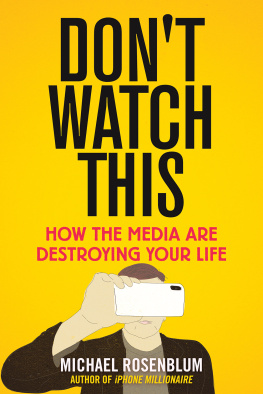
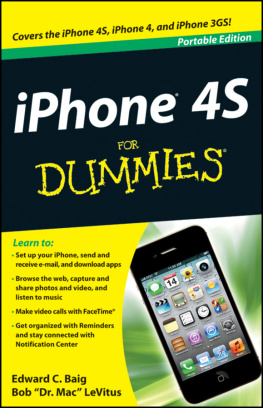

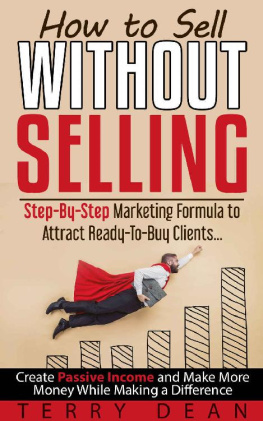
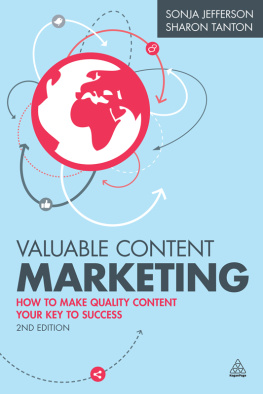

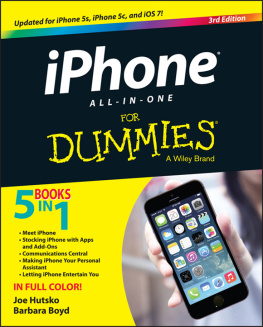
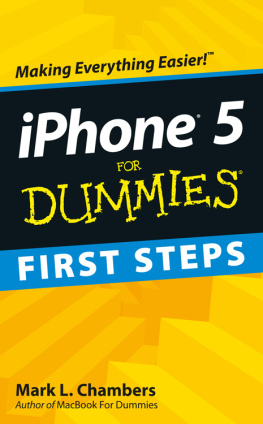
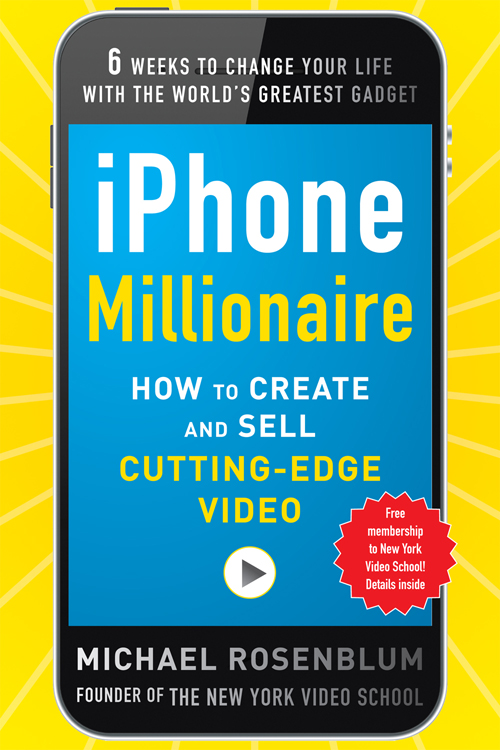



 How a Wasted Childhood Led to the Opportunity of a Lifetime
How a Wasted Childhood Led to the Opportunity of a Lifetime